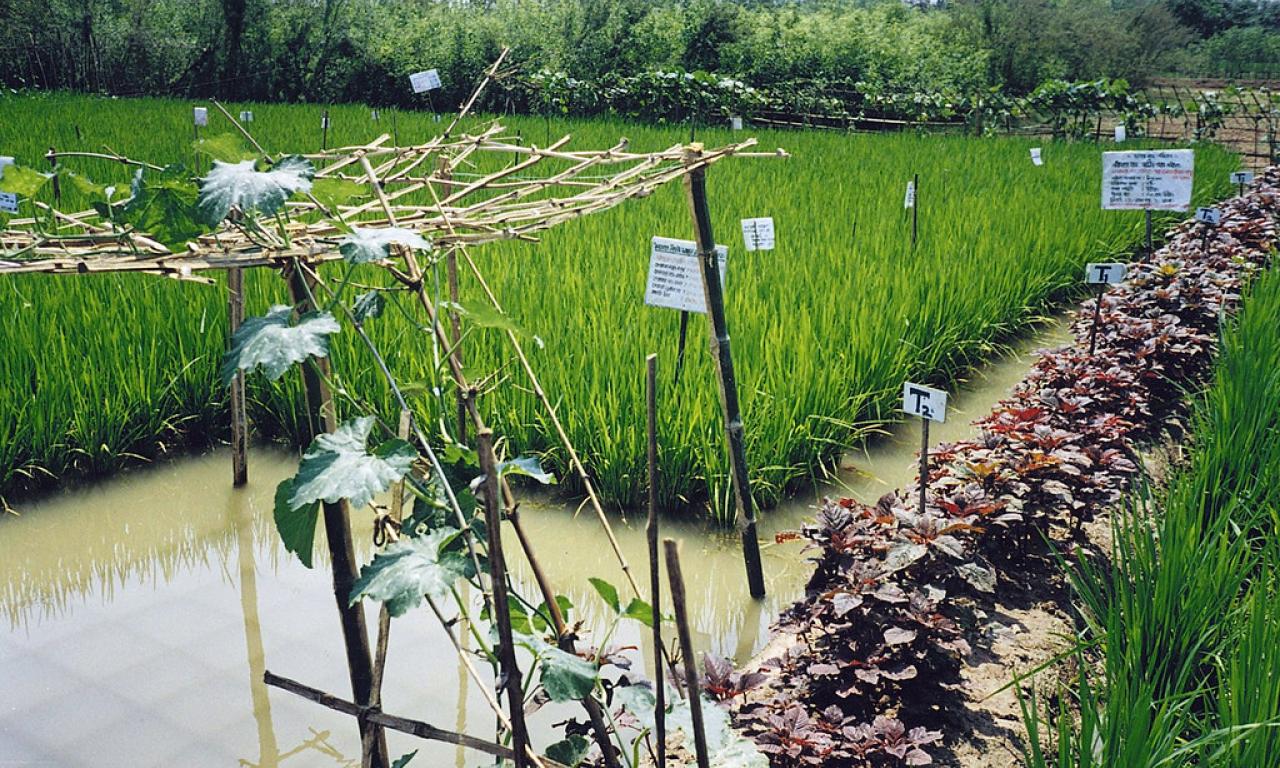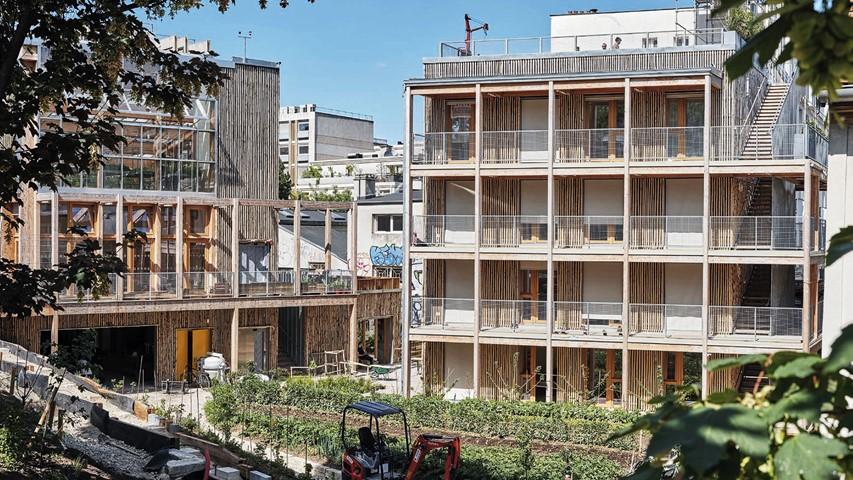Global Urban Farming Projects to Watch in 2025
Urban farming projects are exploding globally in 2025 as cities find innovative ways to grow food locally.

Cities Growing Their Own Food Now
Urban farming projects aren't cute rooftop gardens but serious food production happening inside cities at scales that actually matter. 2025 is the year this goes from experimental to essential as cities realize depending entirely on rural agriculture creates massive vulnerabilities.
Singapore's pushing hardest. They import 90% of their food, which is terrifying when supply chains break. Their response? Aggressive investment in urban farming projects. Goal is 30% local food production by 2030. They're building vertical farms in industrial buildings, rooftop farms on public housing, fish farms integrated with vegetable growing. It's working - local production is actually climbing significantly.

Rotterdam's turning shipping containers into farms. Stacked containers growing vegetables using hydroponics need way less space and water than traditional farming. The sustainable projects produce year-round regardless of weather. They're selling to restaurants within kilometers, cutting transportation emissions to basically zero while providing fresher food.
What Makes These Actually Work
Past urban farming projects mostly failed economically. Labor costs too high, yields too low, couldn't compete with industrial agriculture on price. 2025 versions work because technology got way better and cheaper.
LED grow lights are ridiculously efficient now. Electricity costs dropped enough that vertical farming makes economic sense. Automation handles most labor - robots planting, monitoring, harvesting. AI optimizes growing conditions constantly. These sustainable projects run lean enough to be profitable, not just funded by grants and hope.
Why urban farming projects succeed now:
- Technology costs dropped dramatically
- Automation reduced labor needs
- Cities offer premium local food prices
- Supply chain disruptions increased demand
- Real estate in cities got creative uses
- Climate control means year-round production
What they're growing:
- Leafy greens (lettuce, spinach, herbs)
- Strawberries and small fruits
- Mushrooms in controlled environments
- Fish combined with vegetables (aquaponics)
- Specialty crops for restaurants
The economics work best for high-value crops consumed fresh. You're not growing wheat in cities - too cheap, too much space needed. But gourmet lettuce? Specialty mushrooms? Fresh herbs? Those fetch prices justifying the real estate and energy costs of urban farming projects.
Projects Worth Watching This Year
Paris turned an old railway depot into Europe's largest urban farming project. 14,000 square meters of roofUrban farming projects do more than just grow vegetables.

They're proving cities can be productive, not just consumptive.top producing tons of produce annually. They're testing which sustainable projects models scale best - aeroponics, aquaponics, traditional soil. The data they're generating helps other cities figure out what works.
Dubai's building the world's largest vertical farming facility. In a desert. Makes sense since they import almost everything and water's scarce. The vertical farming tech uses 95% less water than field agriculture. When you're in a place where water costs more than oil sometimes, that math works.
Brooklyn's commercial urban farming projects are profitable now without subsidies. Gotham Greens and others proved the model works in expensive US cities. They're expanding to more locations because the business case closed. That's huge - once it's profitable, it scales without needing government support.
Nairobi's combining urban farming projects with job training for youth. Growing food in underutilized city spaces while teaching marketable skills. The sustainable projects address food security and unemployment simultaneously. That dual benefit makes them politically popular, ensuring continued support.

Melbourne's integrating farms into new developments. Building codes now encourage or require urban farming projects in commercial buildings. That's the next level - making local food production standard in urban design instead of an afterthought.
Why This Matters Beyond Food
Cities become more resilient too. When your food comes from inside city limits, supply chain disruptions matter less. COVID, extreme weather, trade issues - none of it stops local urban farming projects from producing. That food security is worth a lot to city planners watching climate chaos increase.
Green space in cities improves mental health and air quality. These sustainable projects often do double duty - growing food while also providing nature in concrete jungles. Rooftop farms become community spaces. Vertical farms filter air. The benefits compound.
Water management improves. Many urban farming projects capture rainwater and recycle it. They reduce runoff that overwhelms city drainage. In flood-prone cities, these sustainable projects help manage water while producing food.
Conclusion
Urban farming projects in 2025 aren't fringe experiments - they're serious infrastructure cities are building for food security and sustainability. Technology made them economically viable. Climate and supply chain chaos made them necessary. The sustainable projects starting now will define how cities feed themselves for decades.
What's Your Reaction?
 Like
0
Like
0
 Dislike
0
Dislike
0
 Love
0
Love
0
 Funny
0
Funny
0
 Angry
0
Angry
0
 Sad
0
Sad
0
 Wow
0
Wow
0























































































































































































